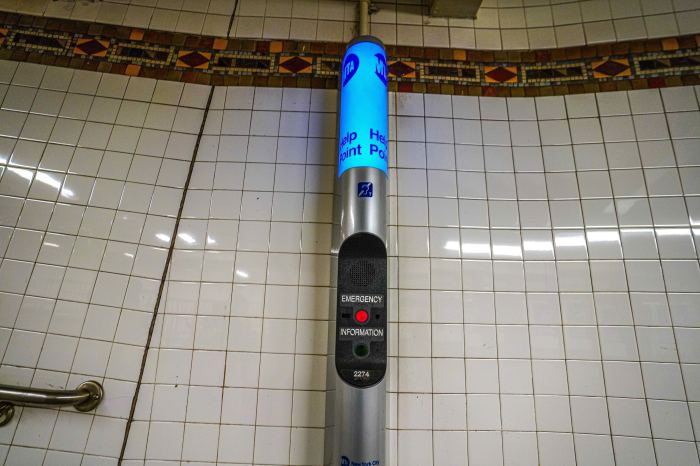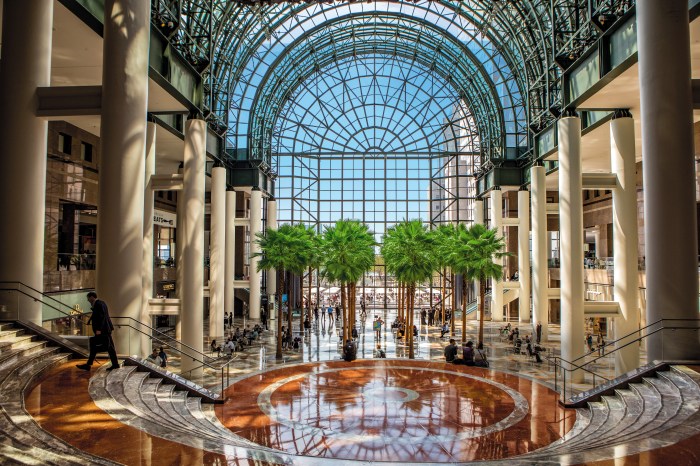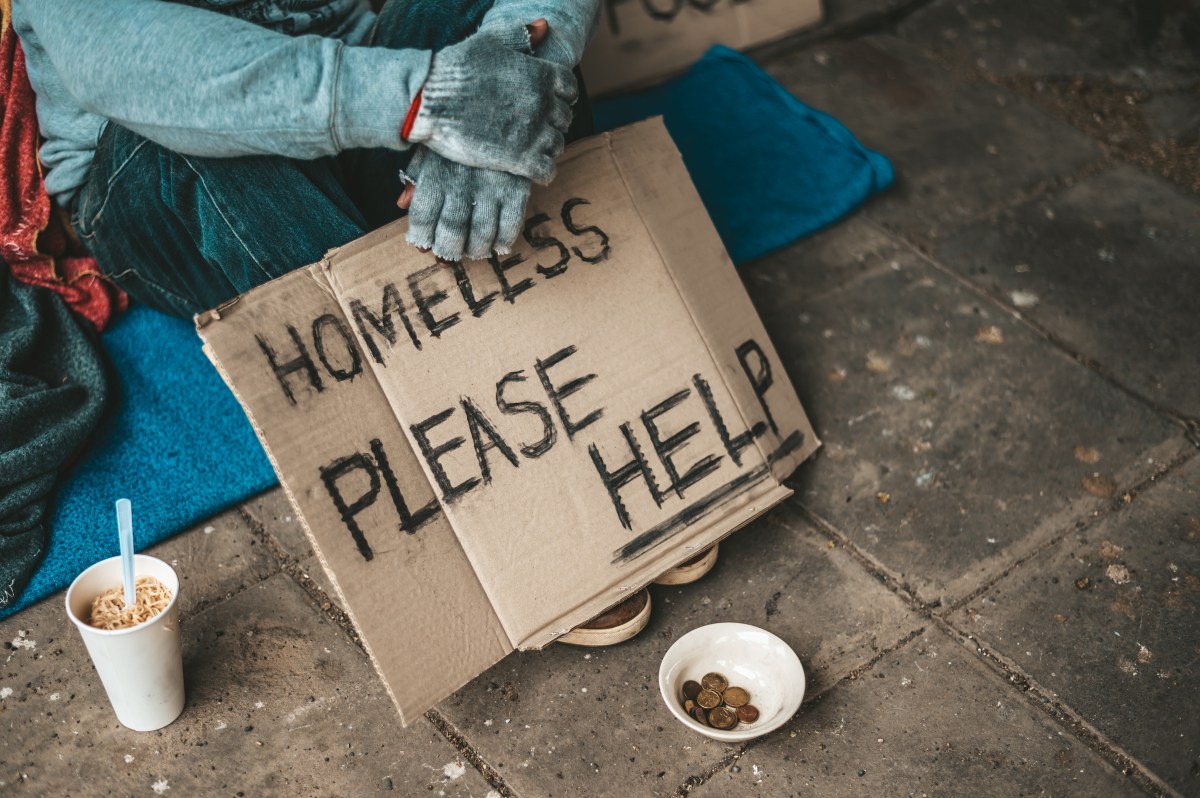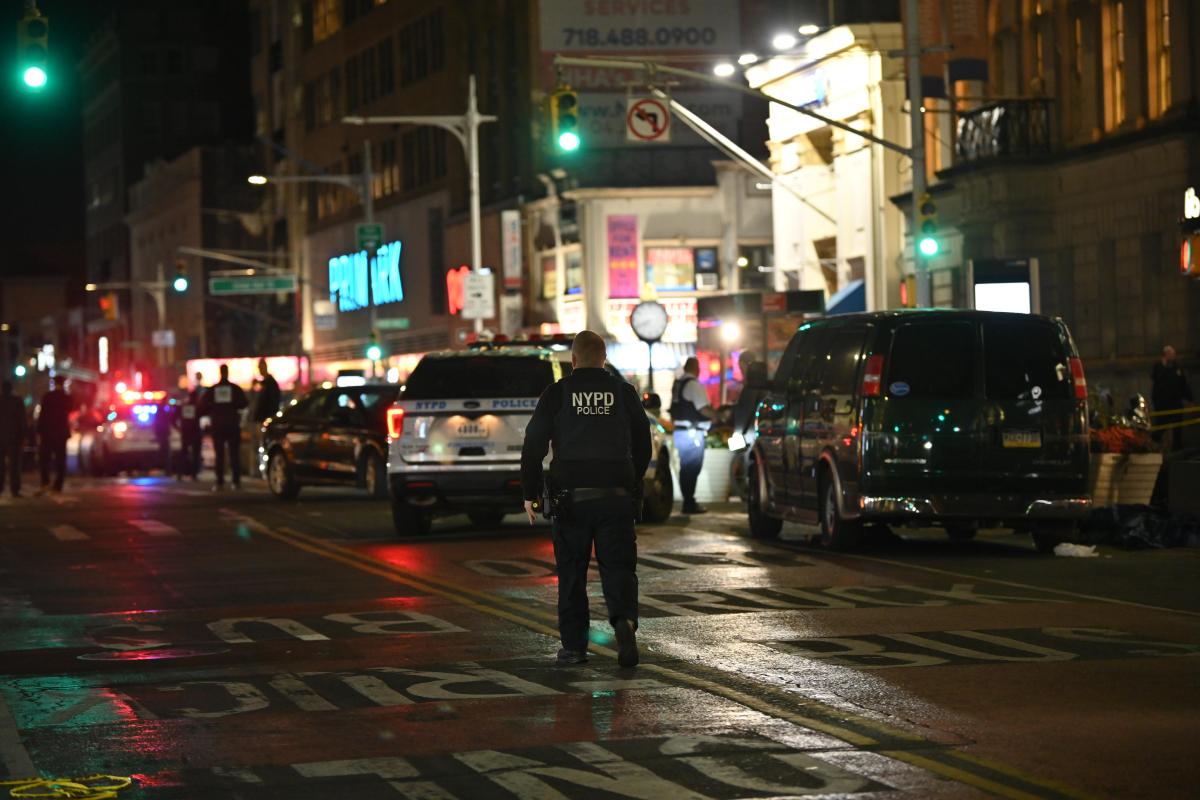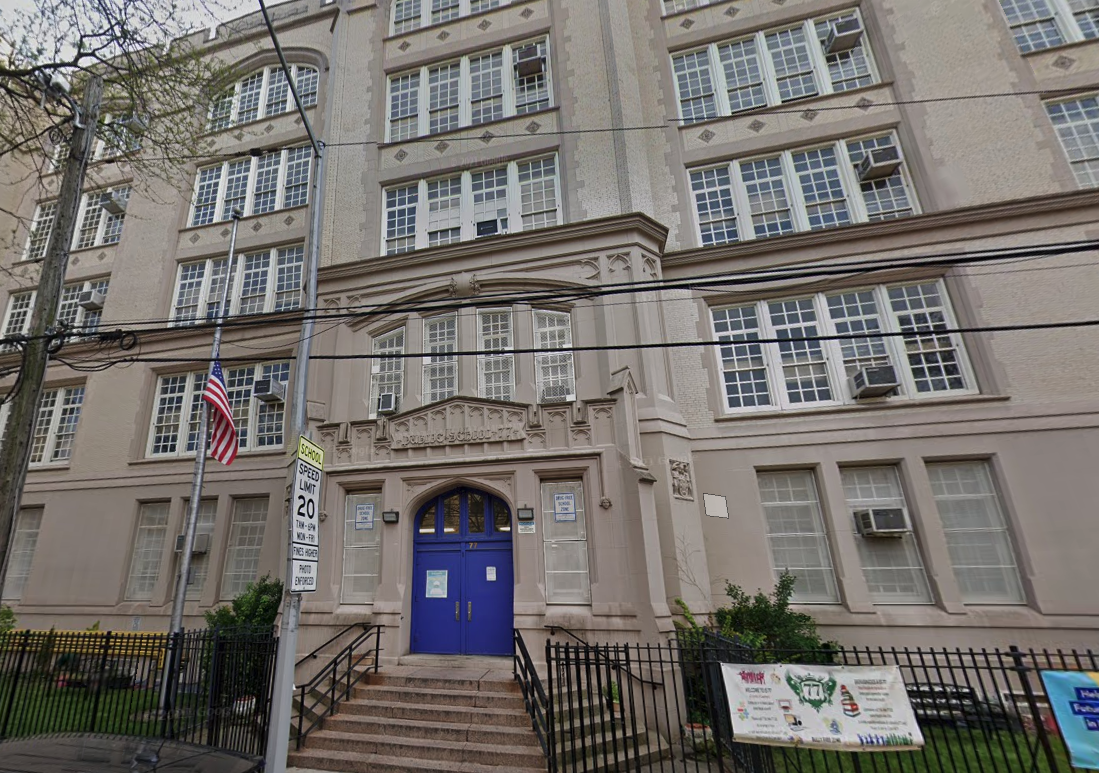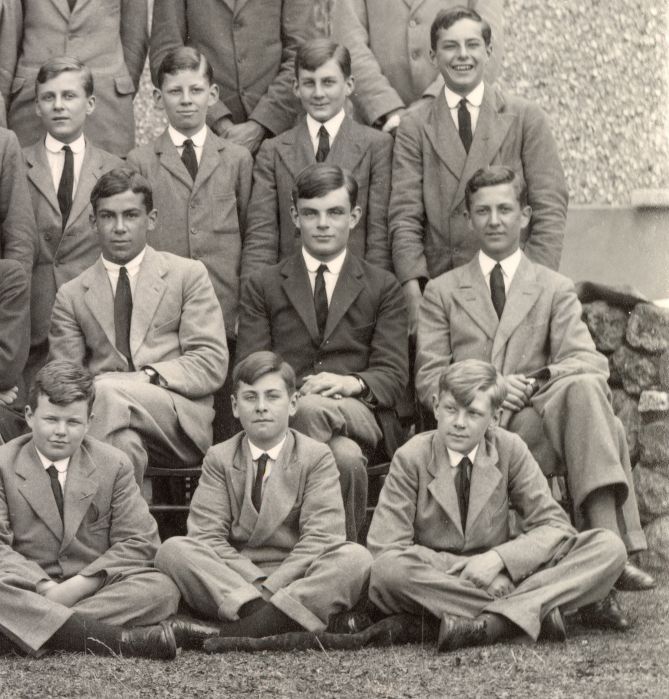
Manhattan is still the center of New York’s universe when it comes planning transportation projects. The MTA has been building the long-awaited first leg of the Second Avenue subway, the transit system’s first expansion in decades will bring the No. 7 to the Far West Side, and there will be space in Grand Central Terminal for Long Island Rail Road.
But the outer reaches of the outer boroughs marooned from most of the city’s mass transit network have their own list of projects that would improve commutes and get people to new commercial hubs and education centers beyond Manhattan’s traditional business district.
Here are the top projects communities want to see to improve on a transit system built with Manhattan in mind.
BROOKLYN
Riders who live off the F line have been eager to see a return of an express train in Brooklyn, but the idea has never gained enough traction. A group of elected officials say overburdened commuters need relief on a line that has seen ridership grow over the years.
“The benefits of restoring the F train express service in Brooklyn would be felt throughout the borough with decreased travel time to Manhattan, decreased delays along the entire line, and a better quality of life for all subway riders in our communities,” said a letter Brooklyn Borough President Eric Adams and 13 lawmakers sent to MTA chief Tom Prendergast.
The MTA is studying the issue and has said any express F service, last seen in 1987, would have to wait until rehabilitation and track work on the Culver Viaduct at the Smith-9th Street station is complete. That project is coming to a close, though the MTA did not have an expected end date as crews continue work on the 80-year-old structure spanning the Gowanus Canal.
“We think now is the time to rally around making sure that the F starts the process of representing fast service and not failed opportunity,” Adams told amNewYork.
Officials said riders in the southern part of the line would get a faster ride to downtown and Manhattan, while people who use the popular local stops in DUMBO and Brownstone Brooklyn would see fewer delays and less crowding.
“I grew up on a local stop,” Adams said. “I tell you, nothing is more troublesome than having to watch the trains go by when they’re too full.”
MTA spokesman Adam Lisberg said there are operational challenges in implementing express service. For instance, there is less track space for trains between the Bergen and Jay street stops where the rails merge, he said.
“It’s not as simple as just throwing on extra trains, because they all have to end up merging together,” Lisberg said.
Another part of the study is to look at the demographics to find out how many riders would benefit from express F service and how riders at crowded local stops would be affected.
“The largest volumes are getting on at some of the stations closer in anyway,” Lisberg said. “How much savings is there really? That’s why we’re doing the study, to find out.”
Councilman David Greenfield of Borough Park said express F service is a transit improvement that his community has wanted for years. Express service was even a campaign promise during Mayor Michael Bloomberg’s 2009 re-election.
“The F express is the Holy Grail for southern Brooklyn when it comes to transportation,” said Greenfield, who signed the letter. The Culver F line saw a 4.5% bump in weekday ridership over 2013, helping Brooklyn see the largest gain in weekday riders in the city. The residential development boost in Brooklyn that has brought in new riders has also caused delays and crowding.
The officials are calling for limited express trains on top of current service in the morning for Manhattan commuters and during the evening rush hour for southbound passengers. Express service would require new trains and more money to run them, the MTA said in a 2009 study of the F line done at the request of Sen. Dan Squadron.
Letter to MTA for F Train Express Service 9-15-14
BRONX
The prospects of a long-studied plan to bring Metro-North into Penn Station were improved following Superstorm Sandy. Gov. Andrew Cuomo in January blessed the project as a way to keep Metro-North trains running in case a future storm or accident knocks out the commuter rail’s sole link into Manhattan.
But the $1 billion project will also give residents in transit-starved east Bronx neighborhoods a faster way into Manhattan’s commercial district, with four new Metro-North stations proposed along the New Haven line in Co-op City, Morris Park, Parkchester and Hunts Point. There are 160,000 Bronx residents living within a mile of each proposed stop, according to Bronx officials. Placing a stop in Co-op City — the northernmost location — would cut a trip to Penn Station to under 40 minutes from an hour and a half.
“It’s a game changer for people who need to find a new place to live and for those that already live in the Bronx that would love a better commute to their jobs or their destinations in Manhattan,” said Marlene Cintron, president of the Bronx Overall Economic Development Corp.
The state is expecting to find out this fall if federal transit officials approve money to get Metro-North trains into Penn Station in case of emergency.
The MTA declined to say if any money for the new stations would be in their next capital plan for transit improvements, but Bronxites must nonetheless wait for Metro-North service until Long Island Rail Road trains can enter Grand Central Terminal to make room at Penn Station, a project slated to be finished by 2023.
QUEENS
Queens transit advocates believe a 3.5-mile piece of Long Island Rail Road track that has been abandoned since 1962 is the best hope to slash travel times to Manhattan and other far-flung neighborhoods in the city’s largest borough.
Advocates for reactivating a rail say some kind of transportation there would make colleges and job centers in northern parts of Queens and midtown Manhattan more accessible.
“How do you get to these schools and how do you get to these better jobs if you’re an hour and a half, two hours away,” complained Phil McManus of the Queens Public Transit Committee, which is pushing for the line to be brought back. “It will drastically improve not just Rockaway but everybody that’s close to that line.”
The abandoned track runs near Woodhaven Boulevard from Ozone Park up to Rego Park, close to the Queens Boulevard lines serving the E, F M and R trains. The Queens Public Transit Committee envisions a subway that connects to the Queens Boulevard line or carries riders near it; or running LIRR trains to connect with the three branches that run through Queens into Penn Station.
The MTA in its report looking 20 years into the future said a solution to the challenge of moving people who are traveling within boroughs is using the abandoned track as a way to link subway lines.
But there is competition for this stretch of aging track. A group wants to turn it into a High Line-style park and bike path called QueensWay.
In the meantime, Queens College’s Urban Studies Department is wrapping up an analysis of people’s travel patterns and a 5,000-person survey for a “snapshot of community opinion” on the proposals, said Scott Larson, director of community studies at the urban studies department, who is overseeing the study.
“Clearly, the Rockaways is underserved in terms of transportation — that much is pretty clear,” Larson said.
STATEN ISLAND
Staten Island has an anemic transportation network of buses that ride on traffic-clogged streets and a railroad that trots along the borough’s eastern shore. But transit advocates still have big dreams for the borough of automobiles.
On the north shore, a bus rapid transit system is the plan with the most promise for a deteriorating track that runs from the Staten Island Ferry through the western shore of Staten Island along Richmond Terrace. Meanwhile, advocates of a light rail on Staten Island’s west shore need $5 million and a transit agency to do an official analysis to get the project moving.
“Staten Island is choking on cars,” said Allen Cappelli, an MTA board member from the borough. “You need to create mechanisms to move lots of people more quickly.”
The North Shore BRT project would be the cheapest option compared with light rail, costing more than $350 million to construct and $6.1 million to operate, according to a 2012 study. The route could have nine stops and at least 17,000 people would see commute times to the ferry cut by 25 to 50%.
It would also move people in and out of the area closest to the ferry, which will see a major development boom with construction of an outlet mall and the New York Wheel. “This is going to get cars off the road,” said Linda Baran, president of the Staten Island Chamber of Commerce.
The project was going to be funded with federal money following Superstorm Sandy but concerns about qualification killed that effort. MTA spokesman Adam Lisberg said Staten Island will have to wait until its five-year capital program comes out later this month to see if the MTA will prioritize the project.
Meanwhile, the west shore is also anticipating new development and job centers that will need transit options, like a film studio, a massive 2,200-acre park on the former Freshkills landfill and a marine port and logistics center.
Steven Grillo of the Staten Island Economic Development Corporation said the north and west shore will see 9,000 new jobs from these projects.
“The West Shore Expressway is already a parking lot on any holiday, in any afternoon,” he said. “How could you have these major projects and not have real world transportation solutions?”



